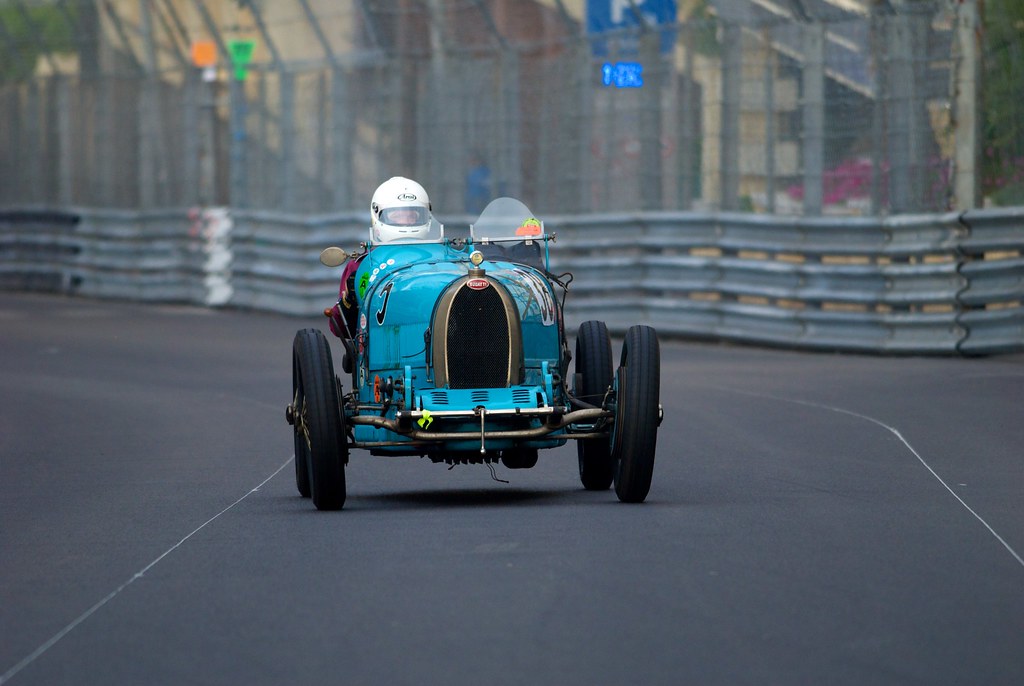
Vauxhall’s Antara is looking sharp. These are the first pictures of the facelifted version of the firm’s SUV, which goes on sale next month.
To bring the Antara up to date, Vauxhall has added the firm’s new front grille and Griffin logo, as sported by the Corsa facelift, while SE models get fog lights mounted in leaf-shaped bezels.
New 19-inch alloys and tweaked rear light clusters complete the cosmetic modifications on the outside, while the interior gets extra storage, new trim materials and improved instruments.
Under the bonnet, the SUV gets a new 2.2-litre diesel engine, up from the current, single 148bhp 2.0-litre oil burner. The engine is available in two states of tune, 161bhp or 181bhp, but while power has increased, Vauxhall claims the unit is cleaner than before, although official emissions data hasn't yet been confirmed.
The 161bhp unit comes in front-wheel drive with a six-speed manual transmission only or all-wheel drive with either a manual or six-speed auto gearboxes. The 181bhp engine is four-wheel drive only, but buyers can choose manual or automatic transmissions. All cars benefit from revised spring and damper settings.
Prices for the new Antara start from £19,995, a saving of £2,835 on the outgoing base version.For more details click here.
Thanks to: Auto Express








































